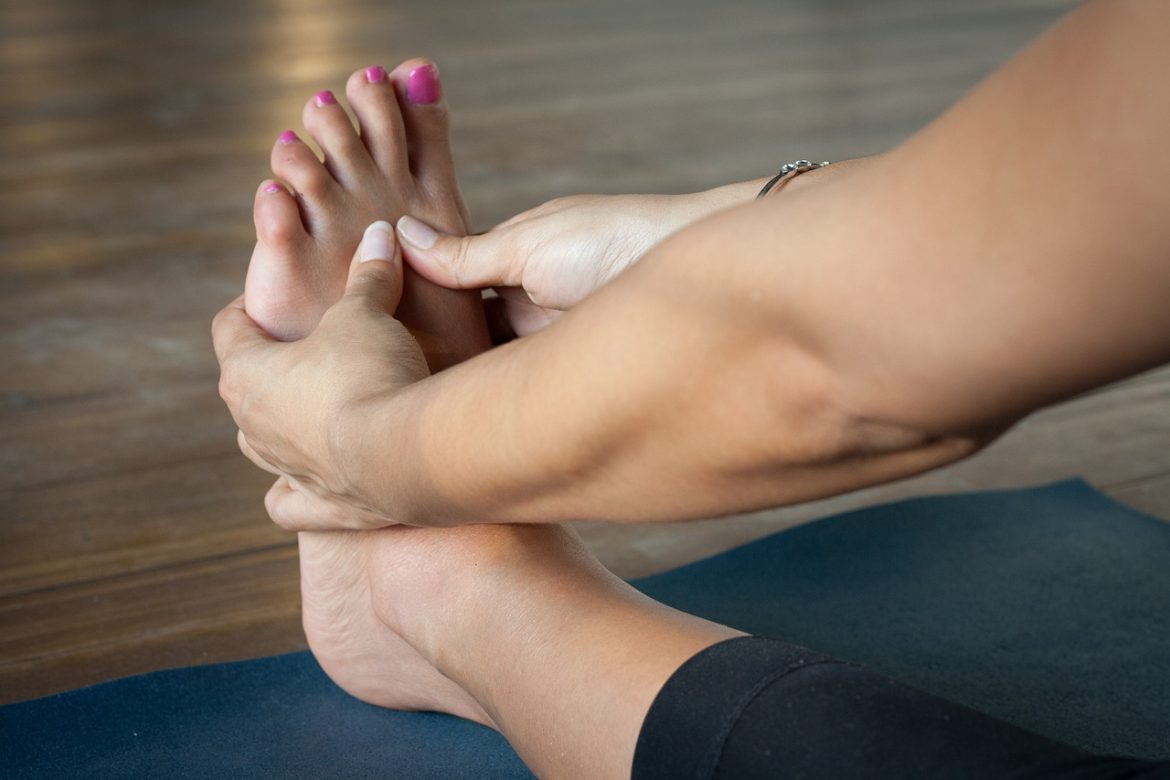Athletes often find themselves in the perfect storm for developing toenail fungus, a condition scientifically known as onychomycosis. This phenomenon isn’t simply due to bad luck or poor hygiene; rather, it’s rooted in the very nature of athletic activities and environments. Sweaty shoes, communal showers, and constant nail trauma are but a few of the risk factors contributing to a higher prevalence of this unsightly and sometimes painful condition among athletes.
The purpose of this discussion is to unpack these factors, explore why athletes are particularly susceptible, and what preventive measures can be taken to mitigate this risk. Through understanding the interplay between athletic practices and fungal growth conditions, we aim to provide actionable insights for athletes looking to protect their feet from this common affliction.
Sweaty Shoes and Fungal Growth
Sweaty shoes create an environment that fungi thrive in. The warm, dark, and moist conditions inside an athlete’s footwear are ideal for the proliferation of toenail fungus. This environment is akin to a greenhouse, where fungi can grow unabated if not properly managed. Athletes must understand that the nature of their footwear, combined with the sweat produced during intense physical activities, forms the perfect breeding ground for these microorganisms.
To combat this, athletes should consider adopting footwear practices that minimize moisture accumulation. This includes wearing moisture-wicking socks, choosing shoes made from breathable materials, and allowing shoes to dry out completely between uses. Additionally, investing in antifungal powders or sprays specifically designed for athletic footwear can provide an extra layer of protection against toenail fungus.
Communal Showers and Contamination Risks
Communal showers, often found in gyms and locker rooms, are notorious for spreading fungal infections, including toenail fungus. The combination of wet surfaces and barefoot traffic creates an environment where fungi can easily transfer from one individual to another. These areas are prone to being overlooked in cleaning routines, allowing fungi to linger and potentially infect numerous individuals.
Preventive measures in these communal areas are essential. Athletes should make it a habit to wear shower shoes or flip-flops while using communal showers and changing areas to avoid direct contact with potentially contaminated surfaces. Regular cleaning and maintenance of these areas by facility management are also critical in reducing the risk of fungal spread.
Athletes can further protect themselves by thoroughly drying their feet, especially between the toes, after showering to remove any moisture that could encourage fungal growth. Also, onychomycosis treatment should be sought out immediately if any symptoms arise to prevent further spread. This can help contain the infection and prevent it from spreading to others.
Nail Trauma and Fungal Susceptibility
Athletic activities often put significant stress on the feet, leading to repeated nail trauma. This trauma can cause small cracks or separations in the nail, providing an entry point for fungi. Once the fungus has breached the nail’s defense, it can be difficult to eradicate, leading to infection and damage. Activities such as long-distance running, soccer, and basketball are particularly notorious for causing such traumas due to the frequent and intense pressure applied to the toenails.
In conclusion, athletes, by their environments and the nature of their activities, are at a heightened risk of developing toenail fungus. However, understanding the factors contributing to this risk—sweaty shoes, communal shower use, and nail trauma—allows for the implementation of effective preventive strategies.
By adopting practices such as maintaining dry feet, using protective footwear in communal areas, ensuring proper hygiene, and seeking prompt treatment for any symptoms, athletes can significantly reduce their susceptibility to this common affliction. Empowerment through education and proactive measures are key to keeping athletes’ feet healthy and fungus-free.
Written by [email protected]




